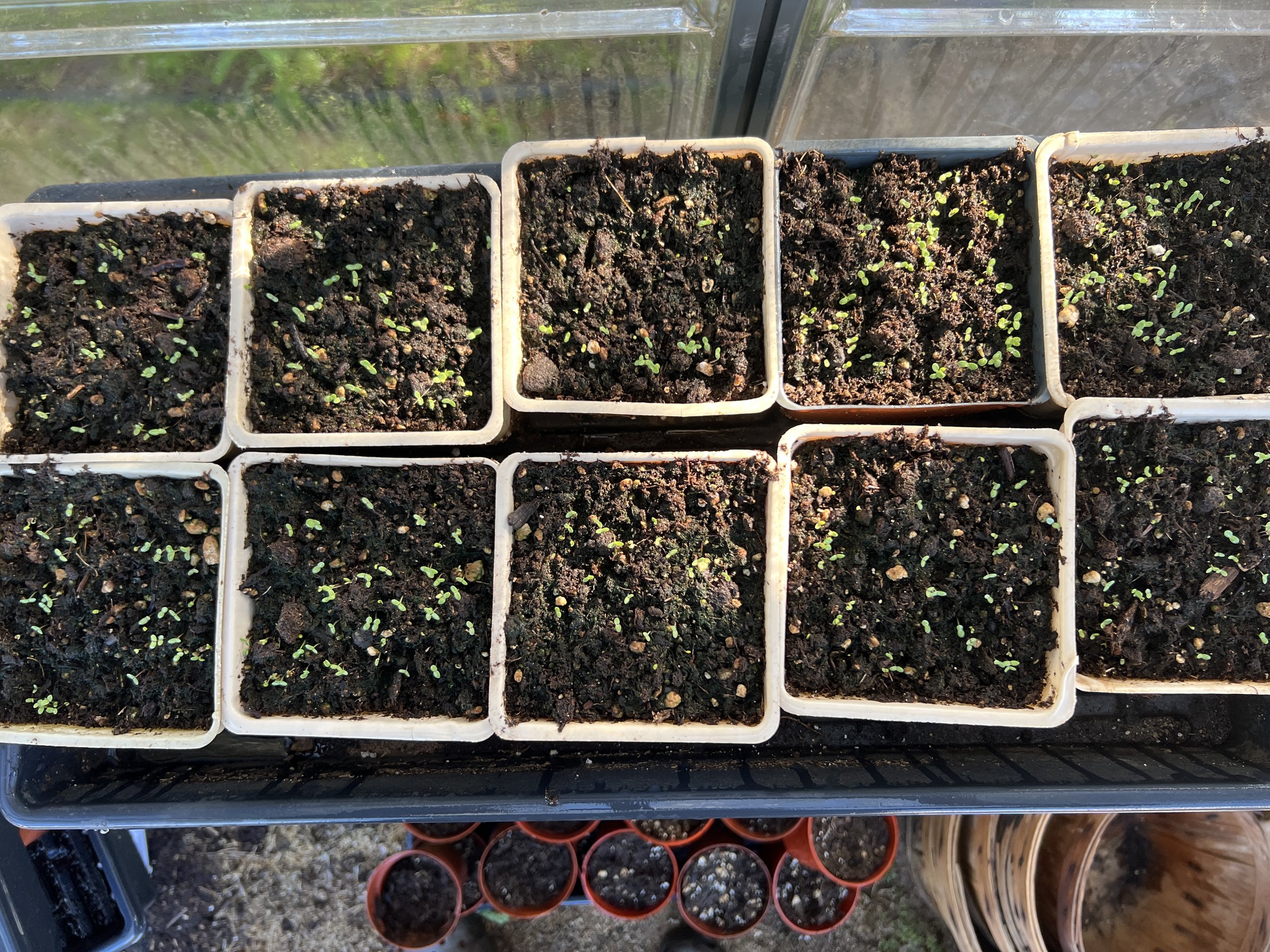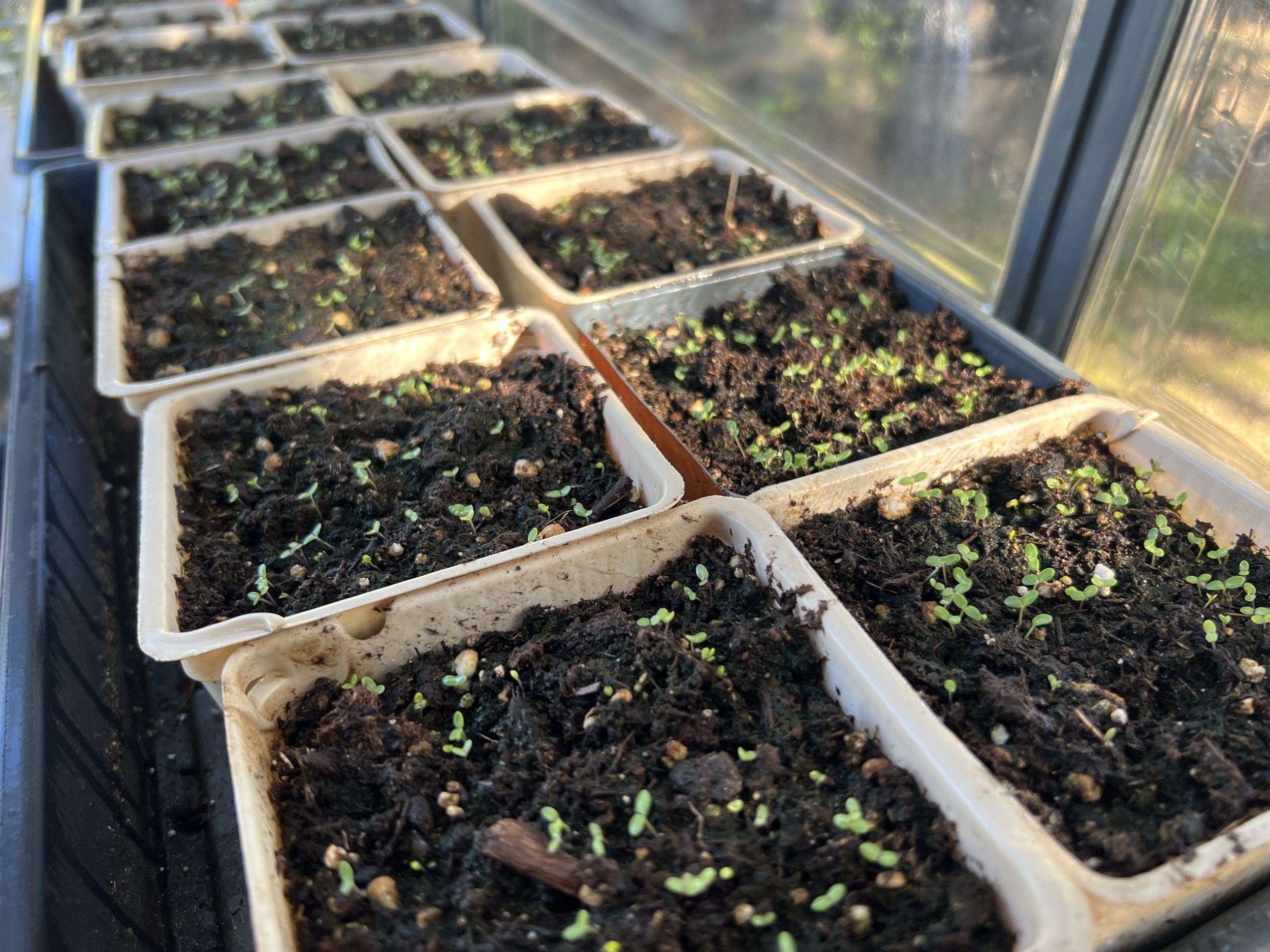Starting now until the end of summer 2024, Kimberly Cheung, a student at Stanford University and Lan Thai, chef and farmer at Neu Mune Farm will be co-managing a research study on polyculture, specifically tomato farming and its effects for both environmental and human health. Kimberly states:
“The implementation of polyculture agriculture at the small-scale farming level has the potential of creating more sustainable agroecosystems at the local level and, if practiced more broadly, ensuring global food security. Furthermore, documentation of the benefits of polyculture in multiple settings, should they be consistent, may lead to major advances in the field and encourage more collaboration between scientists and farmers, as well as emphasize the vital interconnections between environmental and human health through agriculture.”
“This study will focus on tomatoes as the main crop because of their widespread global importance and their health benefits related to reducing the risk of certain types of cancer, cardiovascular disease, and age-related macular degeneration (Dorais et al. 2008). Some researchers have highlighted the significant connections between tomato polyculture and nutrient quality (Hart et al. 2014, Bona et al. 2016). However, research tends to look at environmental and human health categories in siloes, and research into the ecological mechanisms which connect these variables is scant. In addition, there is a lack of farmer engagement and collaboration in the process of measuring the impacts of polyculture agricultural techniques. An increasingly accepted tenet of sustainability work is meaningful involvement of stakeholders from the academic community and on-the-ground practitioners (Yarime et al., 2012). Therefore, the goal of this research is to quantitatively examine the effects of tomato polyculture practices (tomato and a selected set of additional species; see below) on both ecological and human health variables in a small-scale agricultural setting.”
We will post the detailed research plan once we get approval.




















